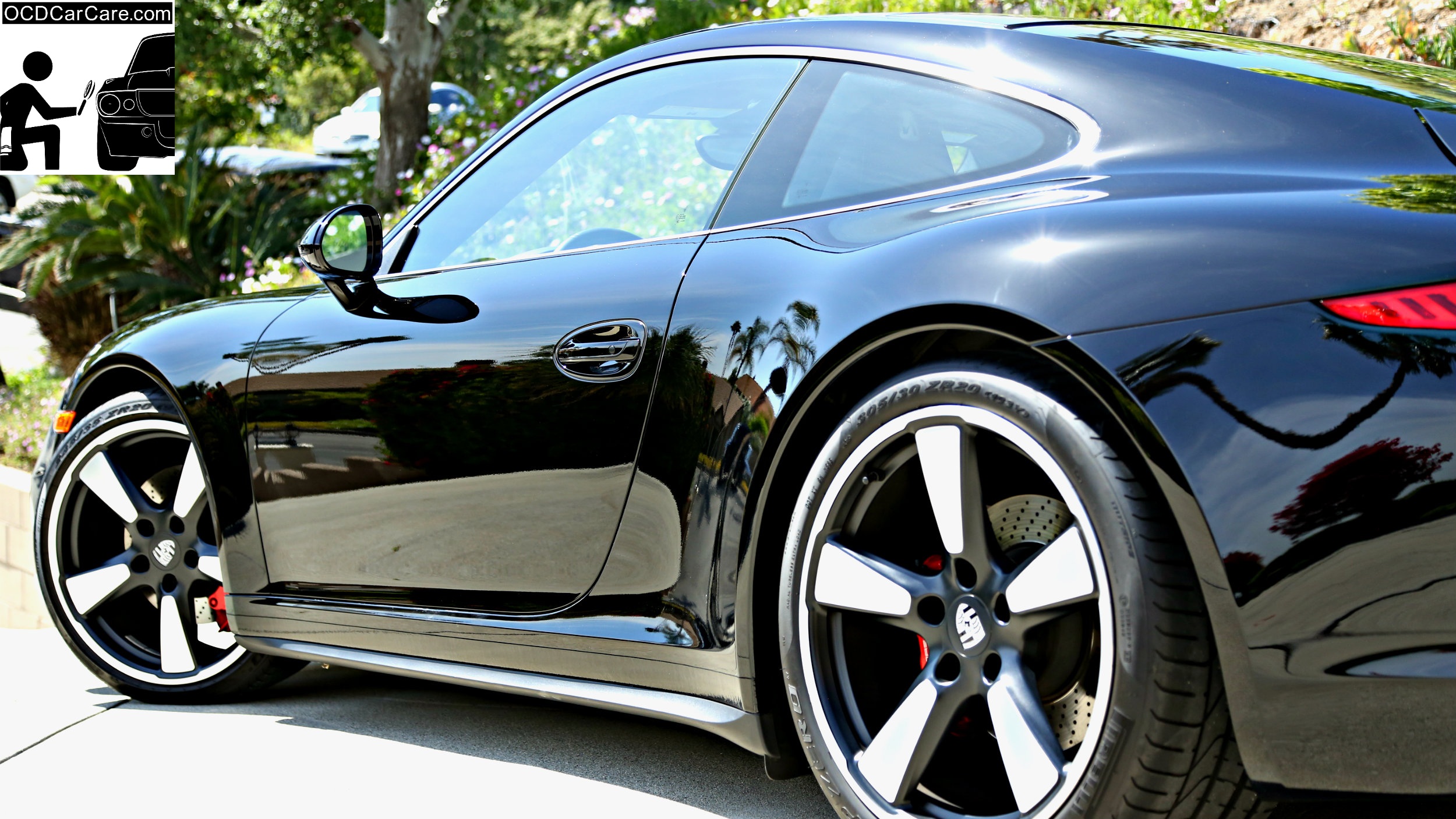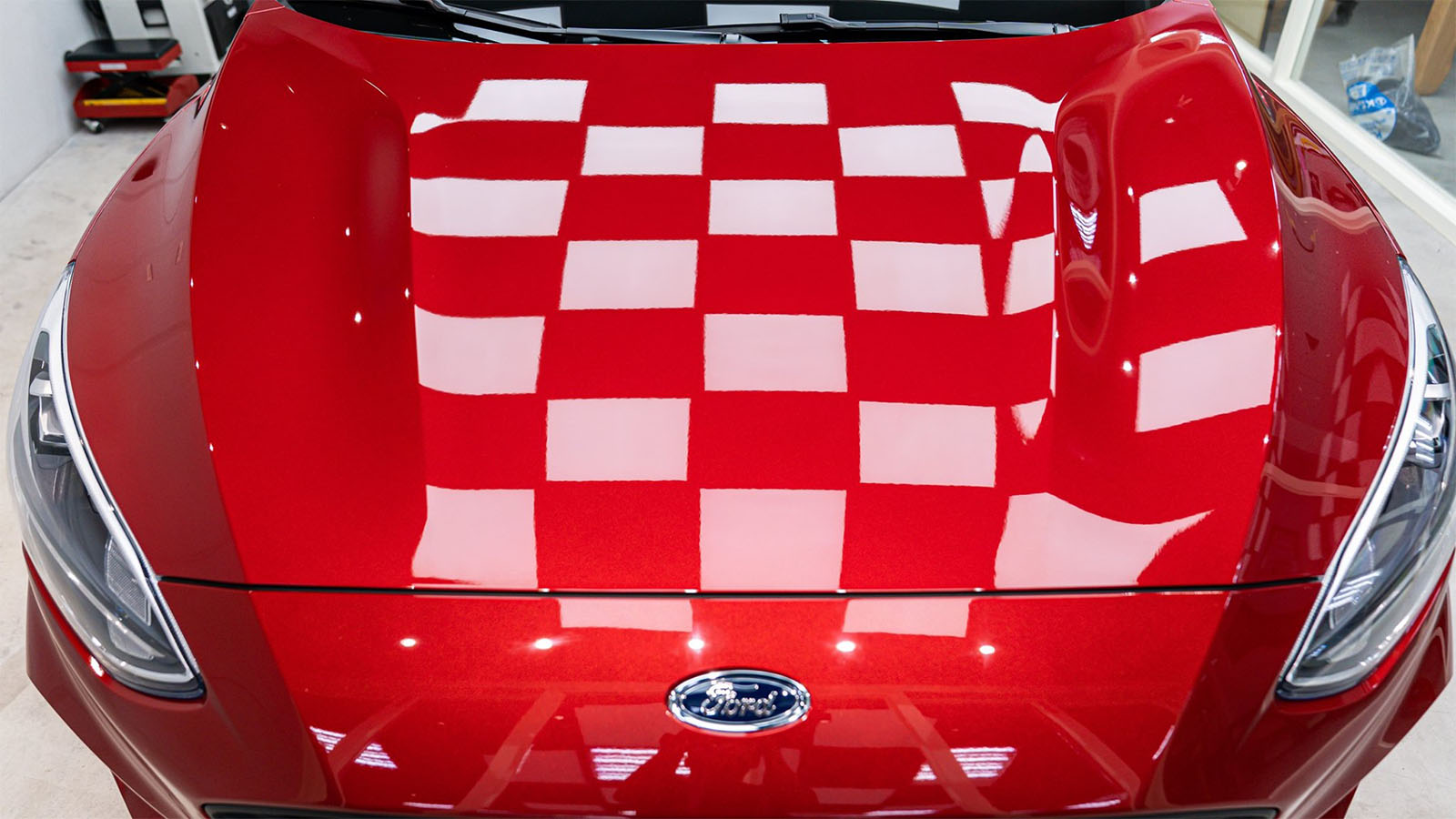Revealing the Science Behind Ceramic Coatings: Just How Does It Work and Why Is It Above Conventional Alternatives?
Ceramic coatings have actually been acquiring appeal in numerous markets for their remarkable performance and sturdiness. The science behind these finishings goes beyond mere surface area security, diving into the elaborate chemistry that makes them stick out from conventional alternatives (ceramic coatings san jose). Recognizing how ceramic layers job and why they exceed traditional options is vital for those looking for to improve the long life and strength of their materials. What exactly sets ceramic layers apart, and how do they achieve such remarkable results?
The Chemistry of Ceramic Coatings
In comprehending ceramic coverings, diving right into the complex chemistry behind their structure is essential for realizing their performance and longevity. Ceramic finishings are mainly made up of silicon dioxide (SiO2), which creates a solid and protective layer when used to numerous surfaces. This chemical framework offers remarkable resistance to heat, chemicals, and deterioration, making ceramic finishes highly demanded for a wide variety of applications.
The chemistry behind ceramic coverings entails the formation of covalent bonds in between silicon and oxygen atoms, creating a stiff network that boosts the finish's strength and durability. Furthermore, the existence of various other aspects such as aluminum, zirconium, and titanium more improves the layer's buildings, offering enhanced firmness and attachment to surfaces.
Comprehending the chemical make-up of ceramic coatings allows for the personalization of formulations to suit details needs, whether it be for automobile, industrial, or household purposes. By taking advantage of the power of chemistry, ceramic finishes continue to lead the way for superior defense and efficiency in various markets.
Advantages of Ceramic Coatings

As a result, ceramic finishes make cleaning and preserving surface areas much simpler and much less taxing. In general, the plethora of advantages provided by ceramic finishings make them a premium option compared to typical covering techniques.
Exactly How Ceramic Coatings Bond
Ceramic layers bond to surfaces through a procedure that entails molecular attachment and chemical communications. When a ceramic coating is related to a surface, it creates a solid bond by chemically sticking to the surface at a molecular level. This bond is produced through the development of covalent bonds, which are durable and extremely strong. The ceramic finish's particles pass through the pores of the surface area, producing a limited grasp that resists separation.
Additionally, the chemical interactions between the ceramic finishing and the surface area additionally enhance the bond. ceramic coatings san jose. These interactions permit the ceramic layer to produce a smooth and continuous layer externally, supplying superb security and sturdiness. Unlike conventional finishings that might rest on the surface without completely bonding, important source ceramic layers produce an irreversible bond that is immune to chemicals, UV rays, and extreme ecological problems

Fundamentally, the bonding system of ceramic finishes makes certain a long-lasting and reliable safety layer that outshines traditional layer alternatives. This premium bond contributes to the durability, scratch resistance, and durability of ceramic layers, making them a recommended option for different applications.
Toughness of Ceramic Coatings
The outstanding longevity of ceramic finishes originates from their robust molecular bond and chemical interactions with surfaces, making sure a sturdy protective layer that goes beyond standard covering alternatives. When used, ceramic coatings create a solid bond with the substrate, producing a resilient barrier versus different environmental stress factors such as UV radiation, chemicals, and abrasions. This bond is so safe and secure that it can hold up against the roughness of everyday usage without deteriorating or weakening rapidly.
Unlike standard coverings that may weaken over time, ceramic coatings maintain their stability for an extensive period, providing long-lasting defense for the underlying surface. Generally, the extraordinary sturdiness of ceramic finishings makes them an exceptional choice for protecting a large variety of surfaces in various applications.
Ceramic Coatings Vs. Typical Choices
In contrast to standard covering techniques, ceramic layers offer a distinctive blend of durability and protective capabilities that set them apart in various surface security applications. Standard alternatives such as wax or sealers give a short-lived layer of protection that can subside rapidly, calling for constant reapplication. On the various other hand, ceramic coverings create a strong bond with the surface area, developing a semi-permanent or permanent obstacle that is very resistant to abrasion, chemicals, UV rays, and extreme temperatures.
Moreover, ceramic coatings supply premium hydrophobic buildings contrasted to typical layers. The hydrophobic nature of ceramic layers triggers water to bead up and roll off the surface, bring dirt and contaminants with it. This self-cleaning result assists to maintain the surface area's cleanliness and gloss for extended durations, minimizing the requirement for frequent upkeep.
Furthermore, ceramic finishes have a thicker layer compared to traditional alternatives, supplying enhanced scrape resistance Continue and security against small effects. This sturdiness ensures durable performance and helps maintain the aesthetic allure of the treated surface area for a prolonged duration.
Final Thought
Finally, the science behind ceramic coverings hinges on their chemical make-up and bonding residential properties, making them above standard alternatives. The advantages of ceramic finishings consist of increased longevity and defense for surfaces. By recognizing how ceramic coverings job and their advantages over traditional choices, one can make enlightened decisions when thinking about covering alternatives for various applications.
Unlike standard coverings that may rest on the surface area without fully bonding, ceramic layers produce an irreversible bond that is immune to chemicals, UV rays, and severe environmental problems.
The extraordinary longevity of ceramic layers stems from their durable molecular adhesion and chemical interactions with surface areas, guaranteeing a sturdy safety layer that surpasses conventional finish alternatives.Unlike conventional finishes that might weaken over time, ceramic coverings preserve their stability for an extended period, offering lasting security for the underlying surface.In comparison to traditional coating methods, ceramic finishings navigate to this website use a distinct blend of sturdiness and safety abilities that set them apart in numerous surface area defense applications. By understanding exactly how ceramic coatings job and their benefits over conventional choices, one can make educated decisions when thinking about finishing options for various applications.